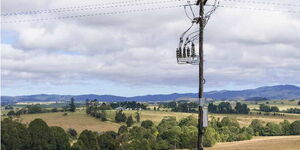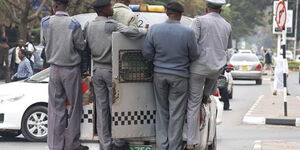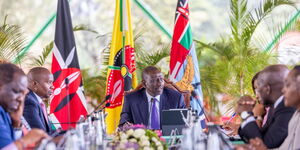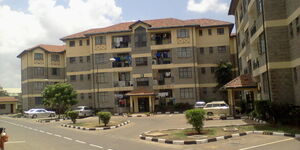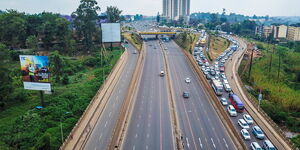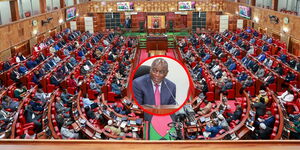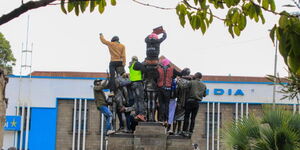George Vamos was Kenya’s most renowned architect and painter in the 1960s and 70s. His designs were adopted to build some of the country's iconic buildings.
Vamos came up with the structural design for Kencom House, situated in Nairobi Central Business District (CBD).
Former Cabinet Minister John Michuki implemented the design during the construction of Kencom, unveiled in 1977.
The government also sought the artist's services when former President Mzee Jomo Kenyatta died a year later, in August 1978.
Vamos beat time and pressure from the government to draw the architectural design that was adopted to construct Kenyatta's mausoleum, which was ready by the time the head of state was laid to rest.
The unique design earned him accolades across the country. At the end of his career, he received an award from the Architectural Association of Kenya for his outstanding contribution to the country's architecture.
Vamos also found solace in Kenya after struggling at his native home. He was among the European Jews who were termed, aliens.
Born in 1910 in Budapest, Hungary, the artist studied architecture in Vienna, Austria and also joined the British Army, where he suffered segregation and was transferred to Uganda.
He then relocated to Nairobi, where he settled and opened an architectural firm with his partner, Heini Lustman.
Vamos fell in love with Kenya's capital city and its culture, joining Nairobi Sailing and Sub Aqua Club.
"His varied interests made him a Renaissance man, multifaceted and bright, who never took himself too seriously. His inner harmony and droll sense of humor attracted many friends. Every New Year, Vamos created a holiday card – a loving caricature of himself, his wife and son," the Jewish Independent described his legacy.
"The cards depicted the family’s follies and passions and were accompanied by an ironic, often ridiculous, text. He then printed multiple copies of the card and sent it to his friends and associates," it added.


